Climate risk is among the major risks threatening mankind today ……… because in pursuit of development, man has not been kind to nature. Unseasonal rains, floods, storms in the unlikeliest of places, melting of ice-caps et al have been traced to indiscriminate deforestation and fueled by ( yes, fueled by) fossil fuels leading to GHG emissions. Need of the hour is therefore to decarbonize or reduce carbon footprints. 3% of the world’s GHG emissions are produced by ships, small and large on the oceans of this planet.
The IMO ( International Maritime Organization)is well aware of the dangers these vessels pose and had brought into force the Poseidon Principles for Marine insurance to which there have been voluntary signatories who subscribe to the IMO vision of reducing GHG emissions by at least 50% in 2050 as compared to 2008 figures. Here, the signatories have agreed to abide by the principles of Assessment, Accountability, Enforcement & Transparency in sharing of data to establish that they are moving in line with the IMO vision for 2050. While these are steps involving the charterers, financiers, insurers and reinsurers aligned to the maritime industry, what exactly are the shipowners, shipyards doing to ensure that the vessels become less polluting? Well, use of different fuels like VLSFO and modifications in the vessels by installing scrubbers, which would go to reduce the sulphur content. The larger issue remains i.e. how to gradually make the shipping industry use less of fossil fuel and move to alternatives.
Ship-builders and shipping companies too are working overtime on this issue and one of the steps taken is — going backward, going backward to where it all began. Going back to sails which harness wind-power, not the traditional sails of the past but hi-tech sails. Apart from reducing carbon emissions, sail-fitted vessels are expected to bring down operating costs.
In this year 2022, Michelin is expected to equip a freighter with an inflatable sail, which they say would reduce fuel consumption by 20%. Essentially these vessels would be hybrid versions, sailing on wind-power and fossil fuel alternately. MOL, a major Japanese firm plans to have a rigid telescoping sail on vessels by late 2022. Naos Design from Italy has plans to equip eight vessels with pivoting and foldable hard ‘wing sails’.
( All images belong to the respective companies and are being used here only for informative purposes)
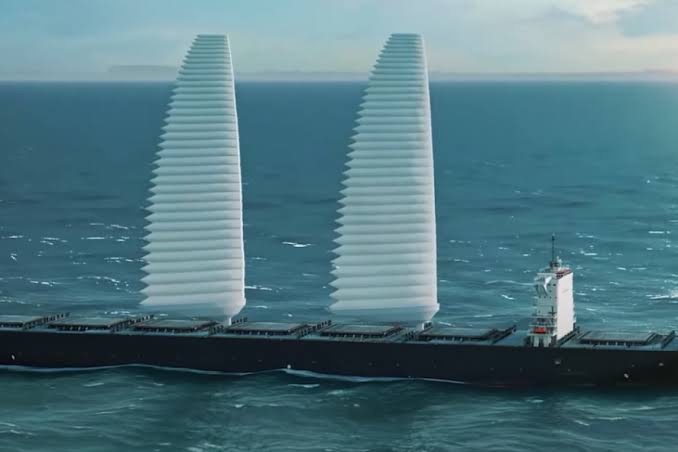
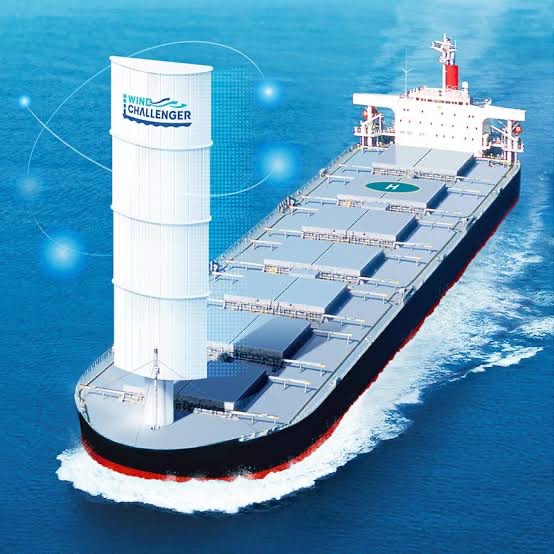
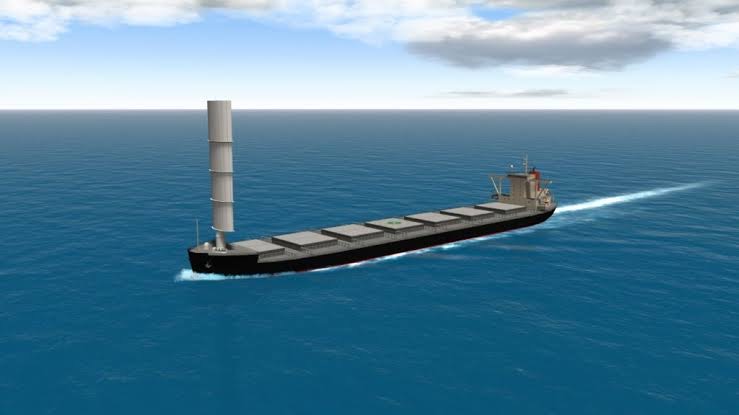
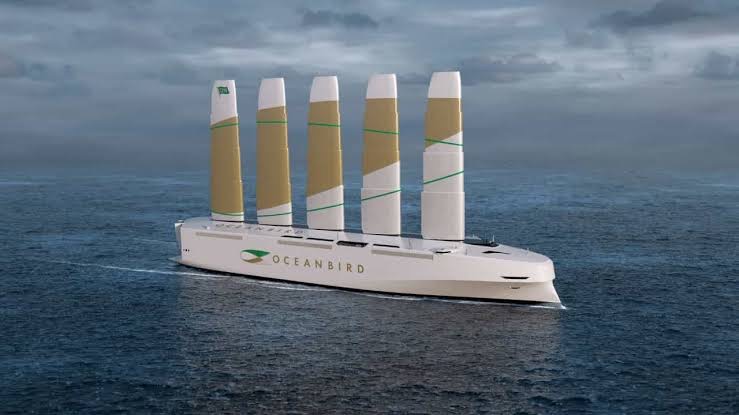
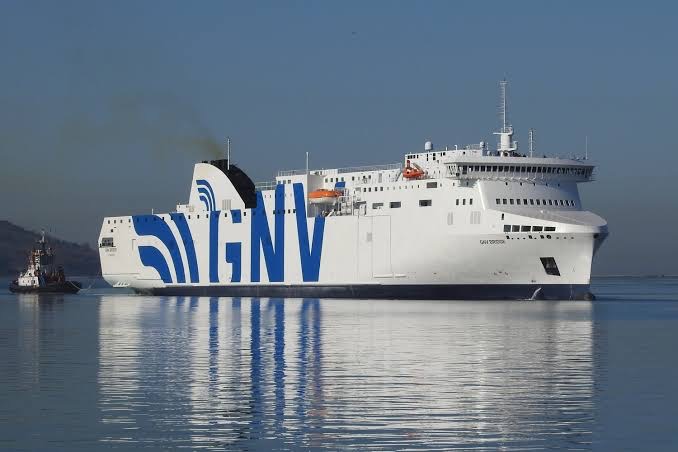
Developers are working on other models too for harnessing wind-power by vessels and these include kites, suctions wings comprising giant fans & spinning cylinders. The International Windship Association estimates that by the end of 2022, at least 40 large cargo ships would be wind-powered. The world is going back to where it all began — sailing ships. One fact is certain, ship-design is undergoing a major change in its bid to take advantage of the abundant and clean Wind power.
Discover more from BalasBroadcast
Subscribe to get the latest posts sent to your email.
Pingback: Shofu Maru – Bala's Broadcast